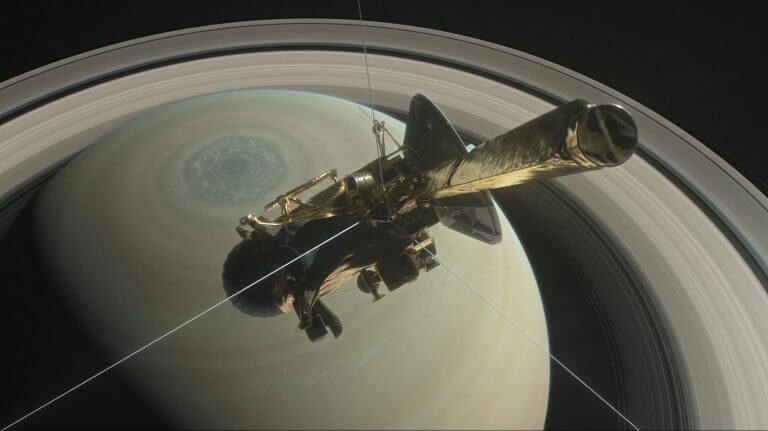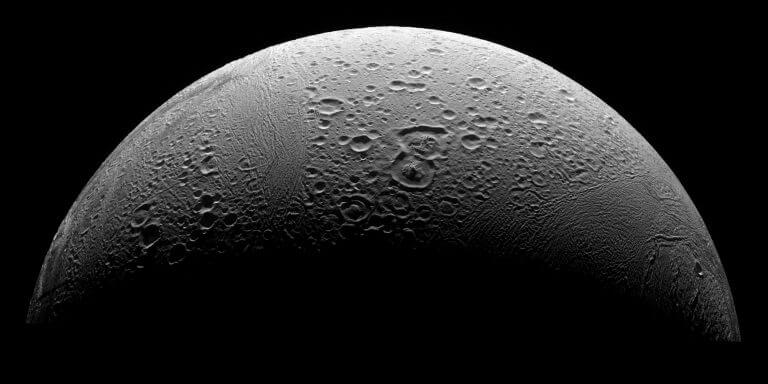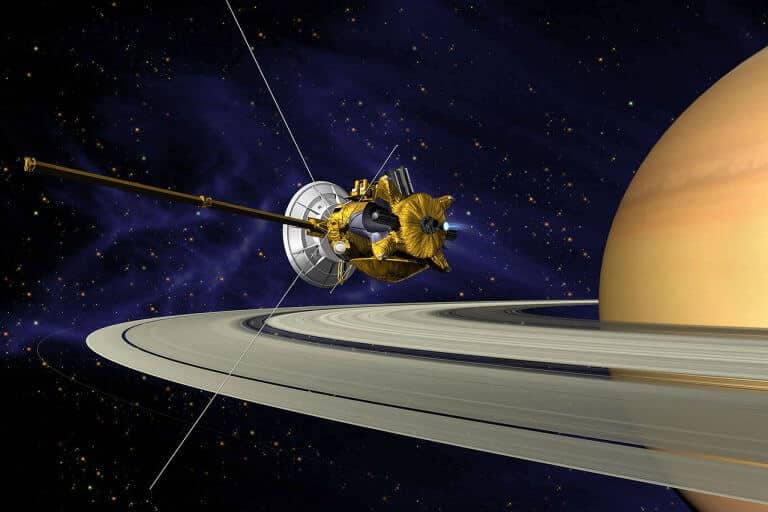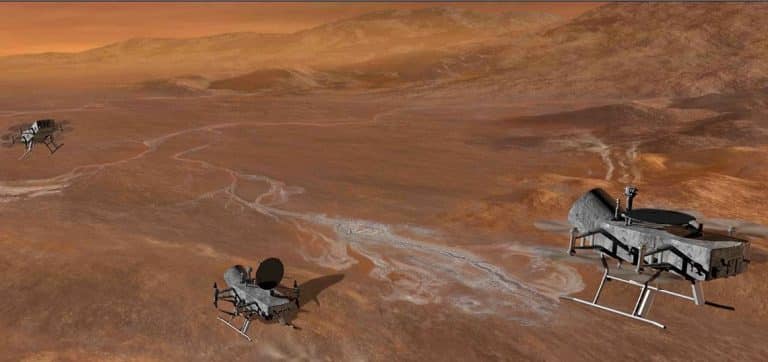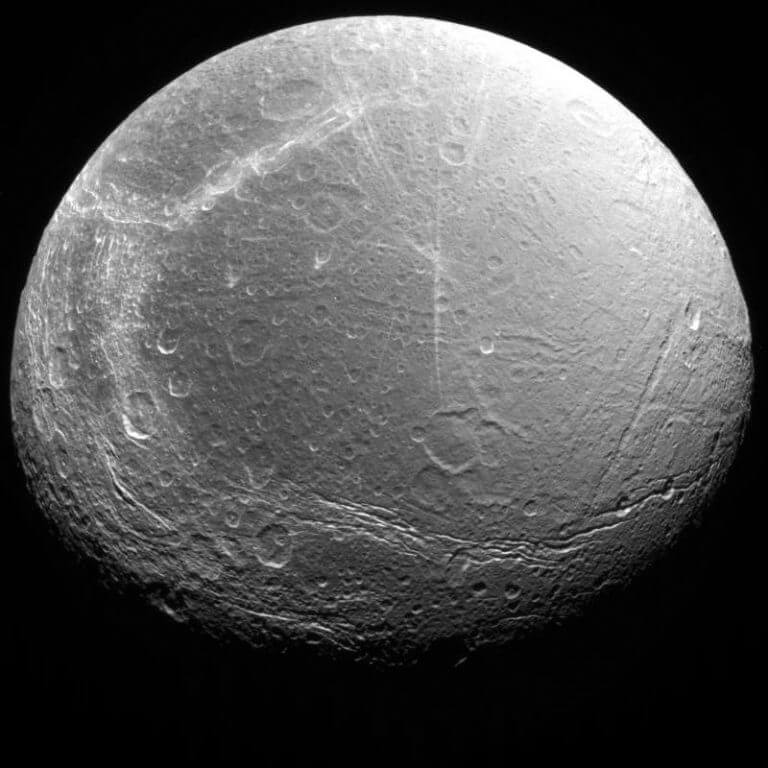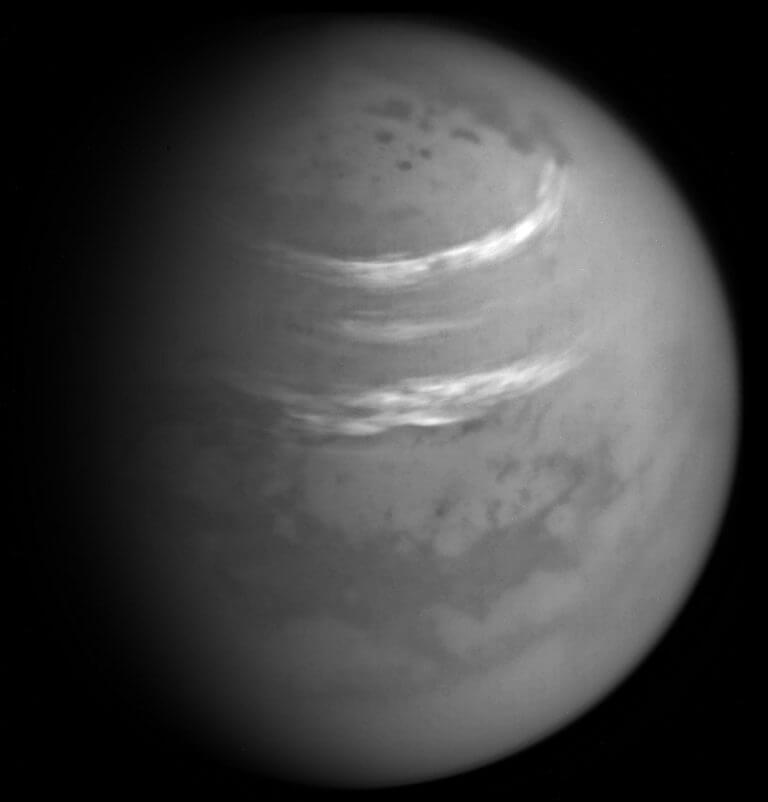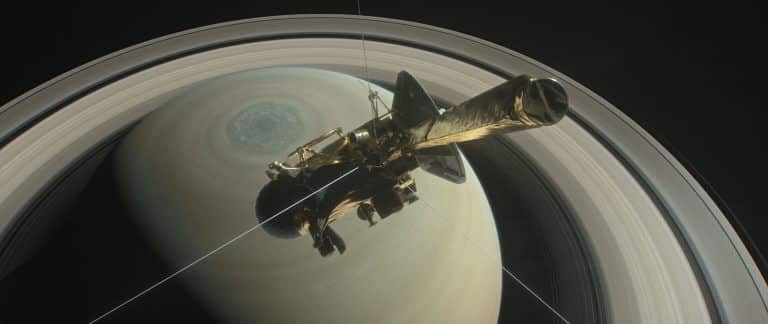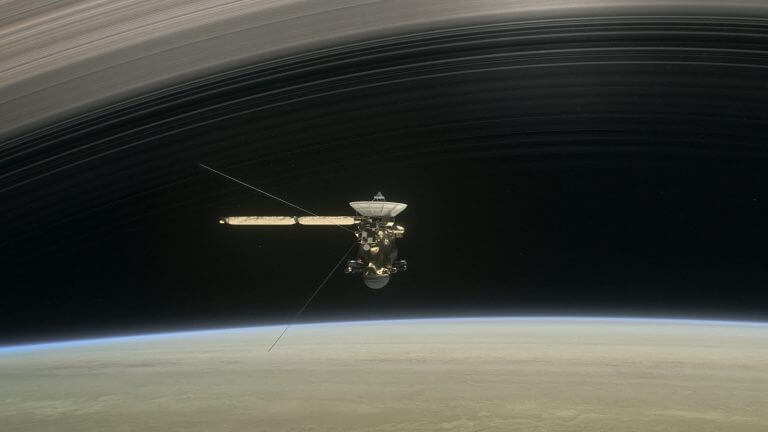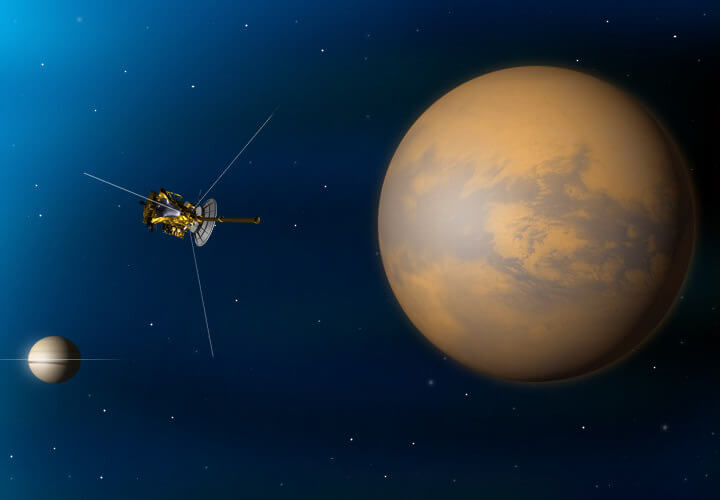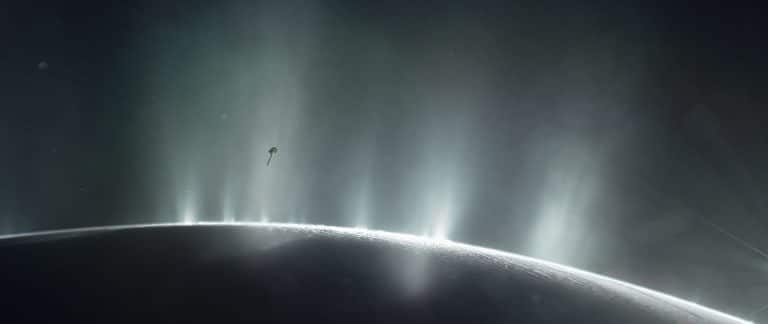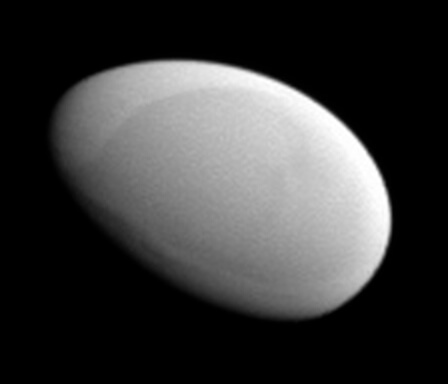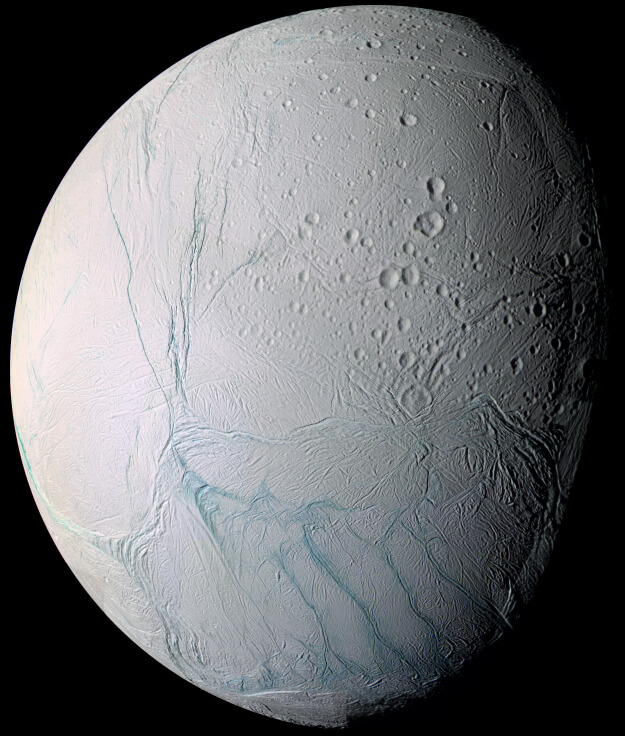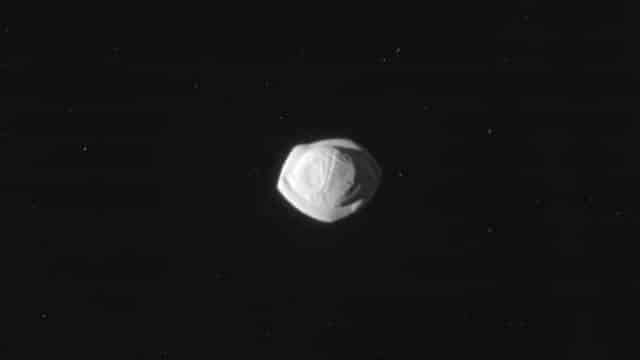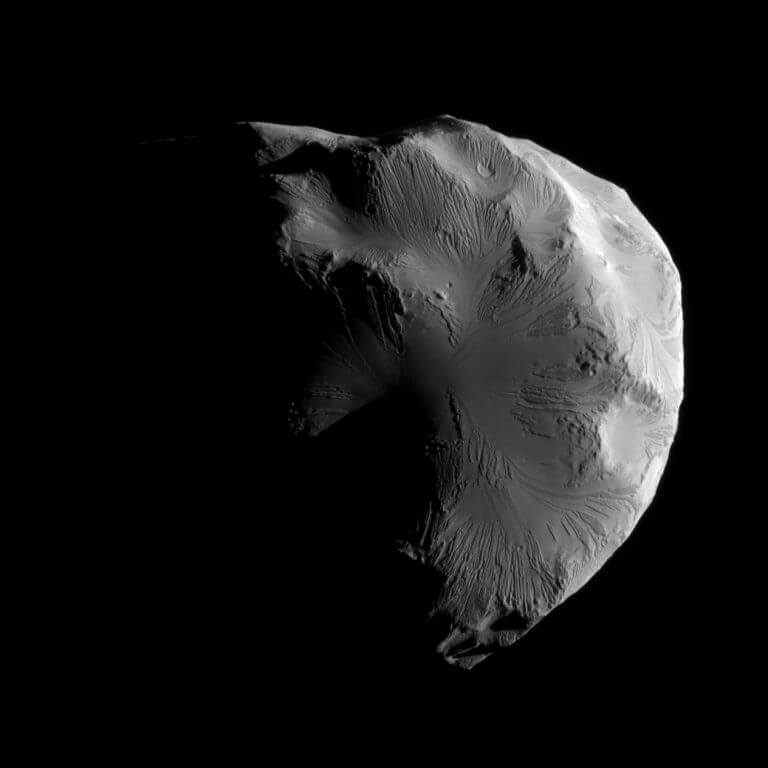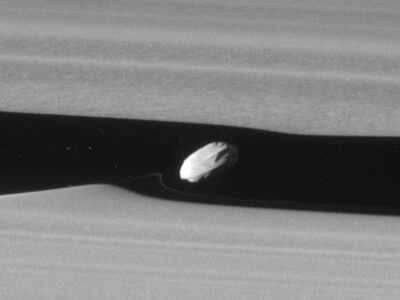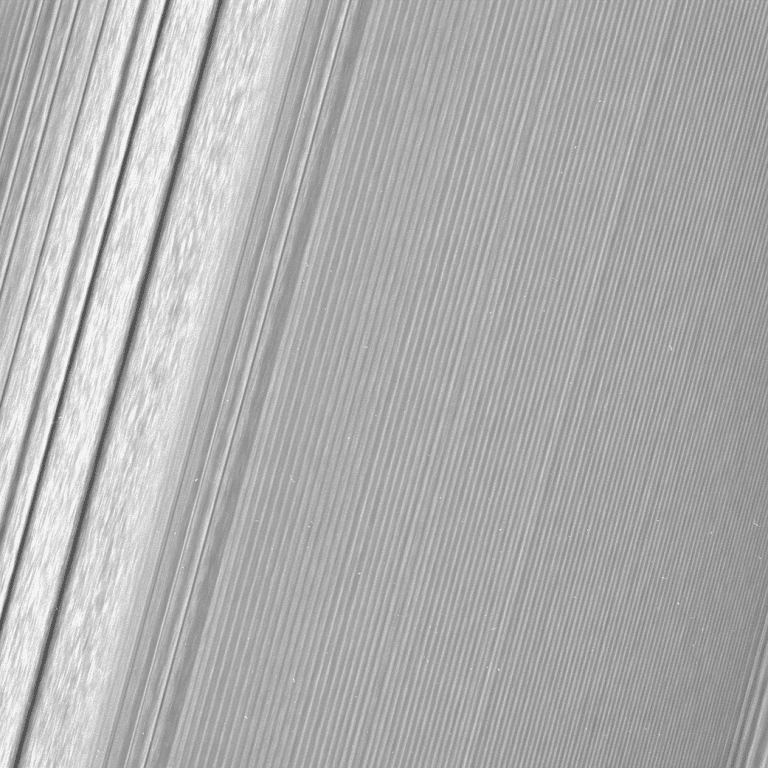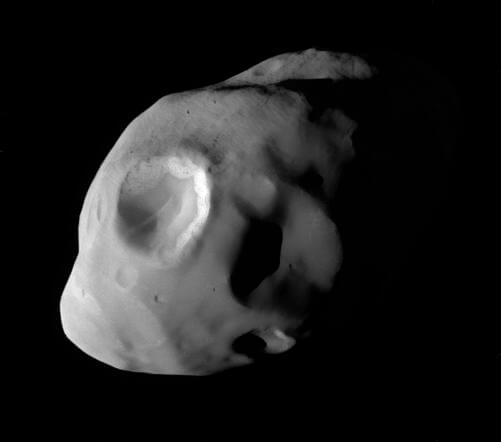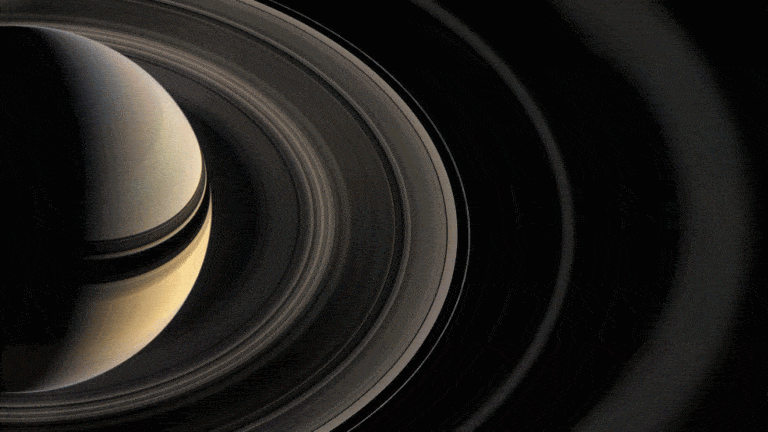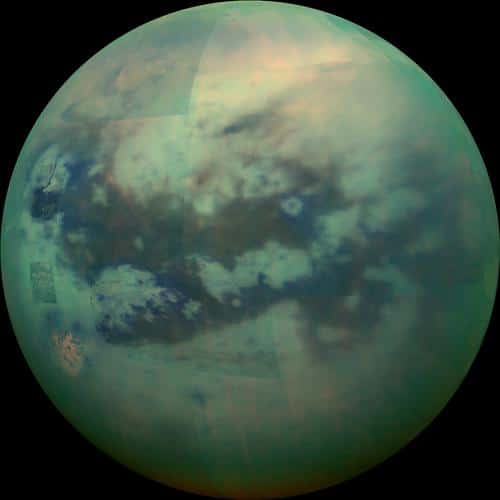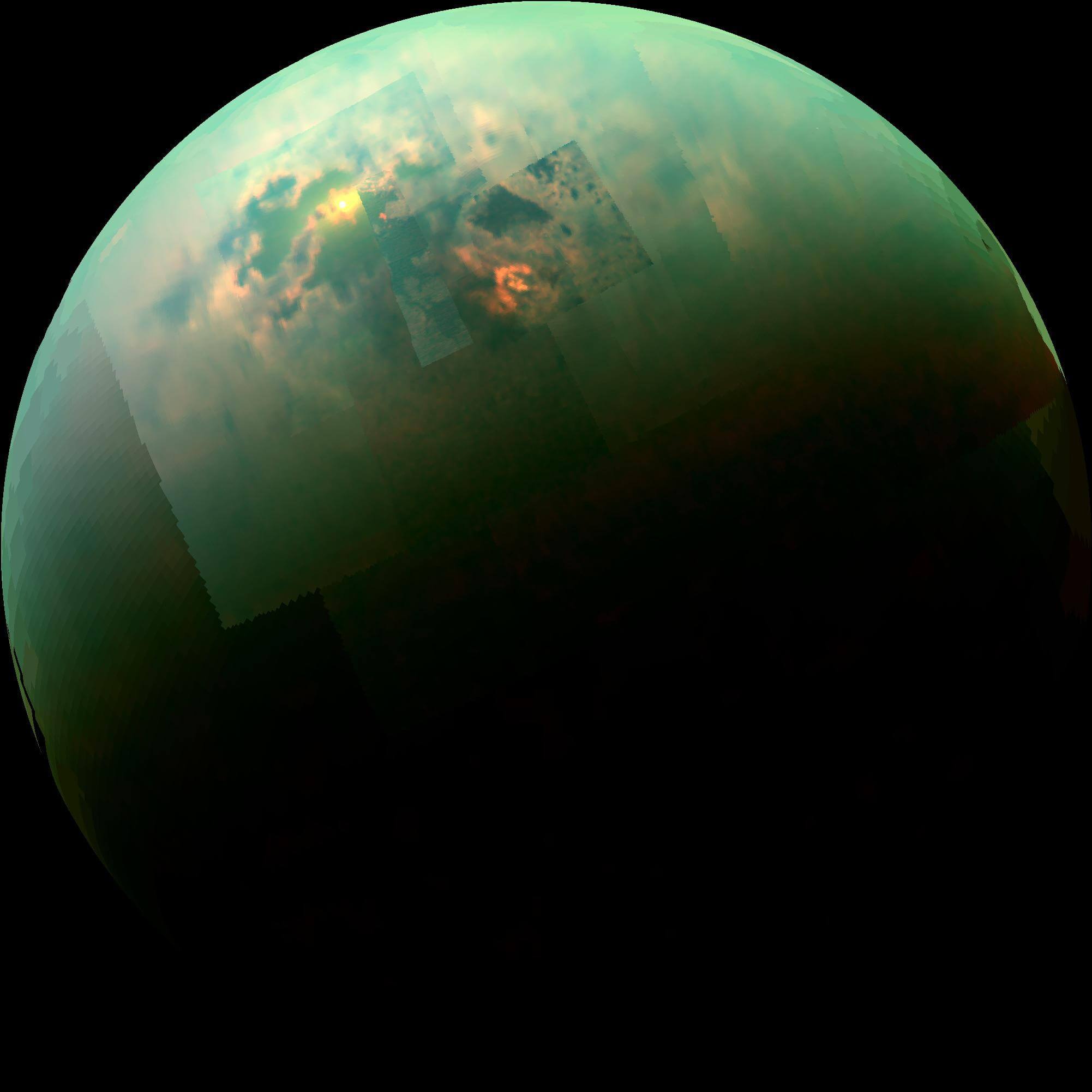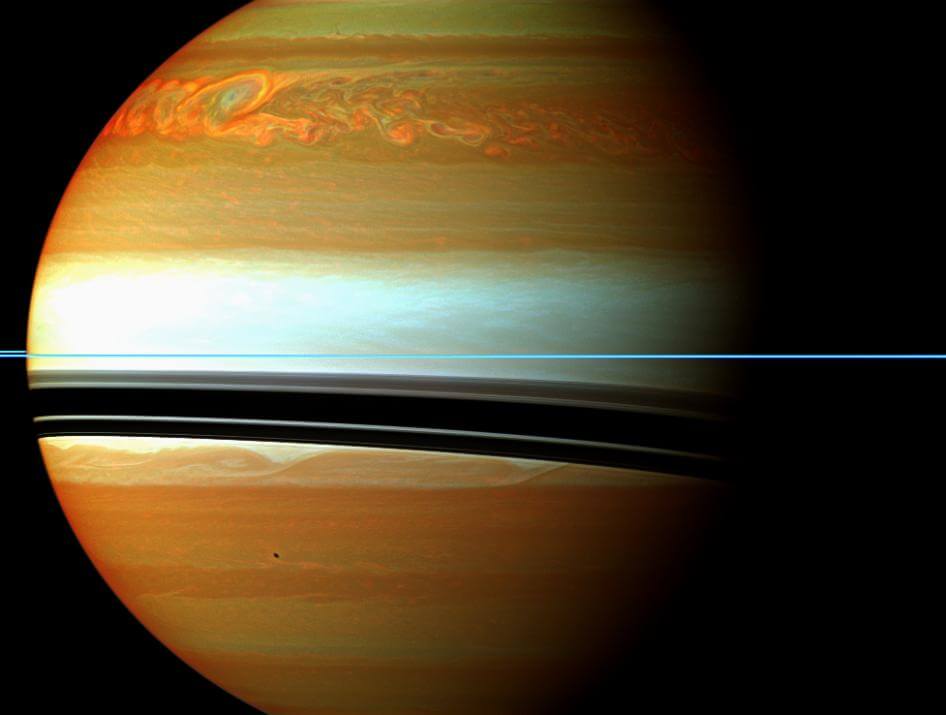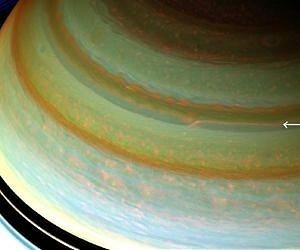Hayadan > Cassini
Cassini
- Avi Blizovsky
- December 21, 2018
- One response
- Haim Mazar
- April 9, 2018
- 3 תגובות
- Scientific American Israel
- December 27, 2017
- 2 תגובות
- Elisef Kosman
- September 28, 2017
- 2 תגובות
- Avi Blizovsky
- September 15, 2017
- 18 תגובות
- Guest article
- September 12, 2017
- 2 תגובות
- Haim Mazar
- August 29, 2017
- 2 תגובות
- Elisef Kosman
- May 11, 2017
- No comments
- Elisef Kosman
- May 3, 2017
- One response
- Elisef Kosman
- April 28, 2017
- 6 תגובות
- Avi Blizovsky
- April 26, 2017
- 2 תגובות
- Elisef Kosman
- April 14, 2017
- One response
- Scientific American Israel
- April 5, 2017
- 3 תגובות
- Haim Mazar
- March 17, 2017
- One response
- Elisef Kosman
- March 15, 2017
- 5 תגובות
- Haim Mazar
- March 13, 2017
- 4 תגובות
- Haim Mazar
- February 12, 2017
- No comments
- Haim Mazar
- February 5, 2017
- No comments
- Elisef Kosman
- January 31, 2017
- 4 תגובות
- Haim Mazar
- January 7, 2017
- One response
- Avi Blizovsky
- December 4, 2016
- 4 תגובות
- Haim Mazar
- January 16, 2016
- 3 תגובות
- Avi Blizovsky
- September 27, 2015
- One response
- Haim Mazar
- February 13, 2015
- No comments
- Haim Mazar
- February 6, 2015
- 3 תגובות

